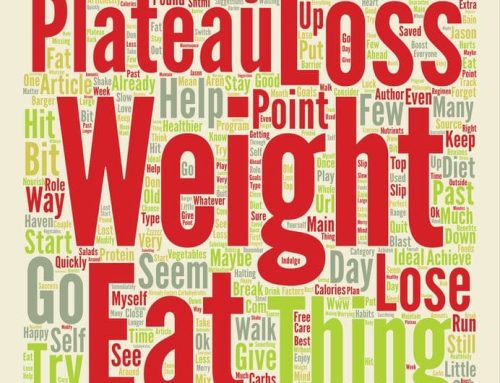What is the intuitive eating diet? Intuitive eating has been called the anti-diet.
It’s a way of thinking about eating that takes you back to babyhood, when you ate what you wanted for as long as you wanted and when full, turned away.
Intuitively, your baby self knew when you’d had enough, thank you, so you shut your mouth. And you didn’t open it to food again until you were hungry.
This is the idea behind “Intuitive Eating,” a concept and a book created 25 years ago by registered dietitians Elyse Resch and Evelyn Tribole, but is now experiencing a renaissance.
Why is the Intuitive Eating Diet Popular Now?
There are a number of reasons:
- It’s a backlash to diet culture. People are getting sick of being told what to do.
- It’s time to let go of a dieting system that is toxic.
- The data show that 95% of people who go on diets fail at them, and if they’ve lost weight, two thirds of them gain even more weight back.
- The only alternative is to start trusting the body and feeling the freedom and enjoyment of food that comes with that.
So forget the word “diet.” Intuitive eating teaches you to listen toyour body’s cues about food, once your mind is free of the “dos and don’ts” of eating.
Five Principles of the Intuitive Eating Diet
The scientific mechanism behind intuitive eating is called “interoceptive awareness,” or the ability to perceive physical sensations that arise within the body.
Intuitive eating is really instinct, emotion and thought. It’s the instinct, hunger, fullness. What we like, what we don’t like. But you also monitor your emotions and your thoughts because the cognitive distortions, the diet myths that are in our culture, can affect our eating.
Studies show people who are in touch with their body’s needs have enhanced wellbeing and quality of life.
People who score high on intuitive eating have more body appreciation. They enjoy their eating better. And they have less disordered eating, such as restrictive eating, meal skipping, chronic dieting, and feelings of guilt and shame about food.
Discover the Satisfaction Factor
If you aren’t experiencing pleasure from the food you eat, then you’ll never feel satisfied by eating. Yet many people deny themselves foods that will “hit the spot.”
Satisfaction is the vehicle to get you to decide to start eating when comfortably hungry, rather than not hungry at all. Weight control is not a part of intuitive eating.
Reject the Diet Culture
This is a key principle in intuitive eating — rejecting the “toxic” diet culture that says you have to look a certain way in order to be an acceptable person worthy of love and acceptance.
You will never — ever — get on a scale while eating intuitively. Because the danger of dieting is that it works only in the short term. But she added science has shown that
Dieting can also lead to dangerous eating behaviors, such self-induced vomiting, binge eating and laxative abuse, she said. In fact, research shows disordered eating is on the rise: A 2019 study found that eating disorders doubled when measured in five year increments between 2000 and 2018.
Make Peace with Food
Once you have a “don’t eat” sign on a food, you’ll only want it more.
According to Tribole, “The brilliant survival part of our brain recognizes that the organism is in danger and is being starved, and sends out chemicals to get you to overeat emotionally.
To combat this, Tribole suggests listing all the foods you reject or restrict, and then rank them from “scariest” — what you think is worse for you or makes you gain weight — to least “scary.”
Pick one and then a couple of hours after a meal, find a calm, quiet place and eat as much of that food as you like.
Making peace with food means giving yourself license to eat. There’s no judgment. There’s no good food, there’s no bad food.
By bringing out the “peace pipe” with that food, you end its power over you.
Honor Your Hunger
Hunger is not the enemy. It’s your body’s signal for survival, and thus deserves to be treated with respect. By learning to “honor” your hunger, they say, you can heal your relationship with food — and learn to trust your body.
A key principle is not waiting until you’re ravenously hungry to eat.
Learning your unique signs of hunger will put you on the path to getting back in touch with your body’s needs.
Feel the Fullness
Once you’ve learned how to recognize your hunger, it’s time to feel the fullness. That’s difficult in a busy culture which encourages eating while working, on our smartphones or driving in the car.
To counter that, the intuitive eating philosophy recommends making meals “sacred time,” as much as possible. The idea, Tribole said, is to create a space free of distraction, including TVs, smartphones and other electronics. Eat sitting down. In the middle of the meal, pause, and ask yourself how you feel — any signs of fullness?
If that’s tough, Tribole has a “3-bite option.” After the first bite, check in and see how you feel about the food — pleasant, unpleasant or neutral? In the middle of the meal, pause for bite two and do the same while checking for signs of fullness. At your last bite check in again and rate your fullness — does it feel good, bad or neutral?
Click here to read full story about the intuitive eating diet.







